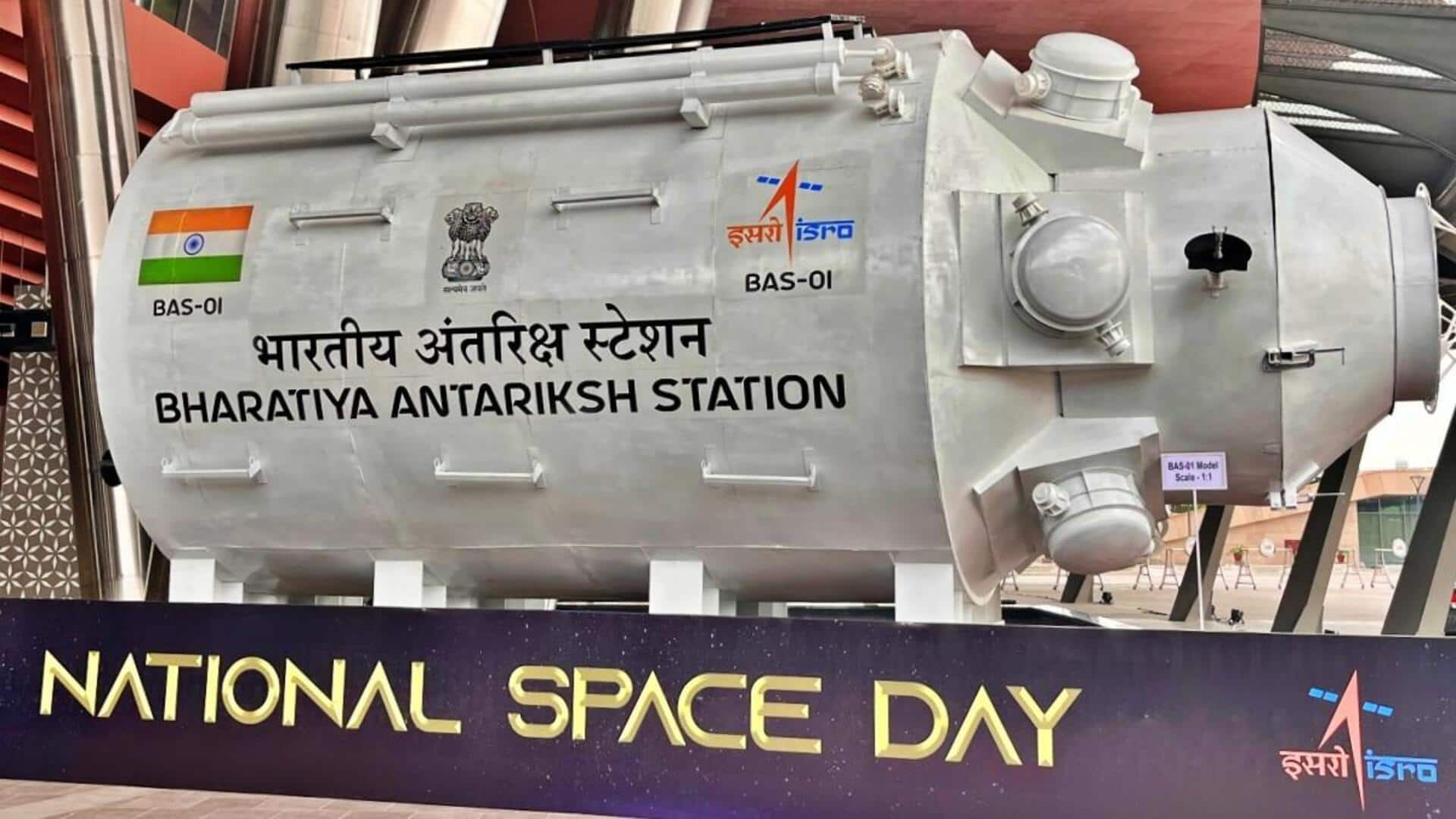
European astronauts may live, work on India's space station
What's the story
Josef Aschbacher, Director General at the European Space Agency (ESA), has confirmed that European astronauts could soon be living and working aboard India's ambitious new space station project, the Bharatiya Antariksh Station (BAS). In an exclusive interview with IndiaToday, Aschbacher revealed his recent discussions with the Indian Space Research Organization (ISRO) in Sydney during the International Astronautical Congress 2025.
Collaborative efforts
ESA and ISRO's ongoing discussions
The ESA and ISRO are actively discussing ways to strengthen their collaboration in human space exploration. These talks cover a wide range of topics, including space exploration, Earth observation, deep space communication networks, and commercialization aspects. Both agencies have formed working groups to draft cooperation proposals as part of these ongoing discussions.
Research opportunities
European astronauts to visit BAS
One of the most promising outcomes of these talks is the possibility of European astronauts traveling to and conducting research on the Bharatiya Antariksh Station. The station is currently planned as a modular facility orbiting Earth at an altitude of 400 to 450km. India plans to launch its first BAS module by 2028 and complete the station by 2035.
Future plans
Details to be finalized by spring next year
Aschbacher confirmed that the possibility of European astronauts flying to the Indian station is part of their agreement. He said, "We are looking into the details of the timescale and the cooperation that will be done in the next couple of months." The ESA chief added, "We are also analyzing costs, funding, and time schedules, and in spring next year we will have more details."
Strategic partnership
ESA-ISRO collaboration to boost global space cooperation
The collaboration between ESA and ISRO promises to enhance global cooperation in space. It gives Europe a strategic partner amid changing international space dynamics. ESA's participation could involve scientific research, infrastructure development, and cargo delivery support. This would expand opportunities for joint missions in low Earth orbit and beyond.